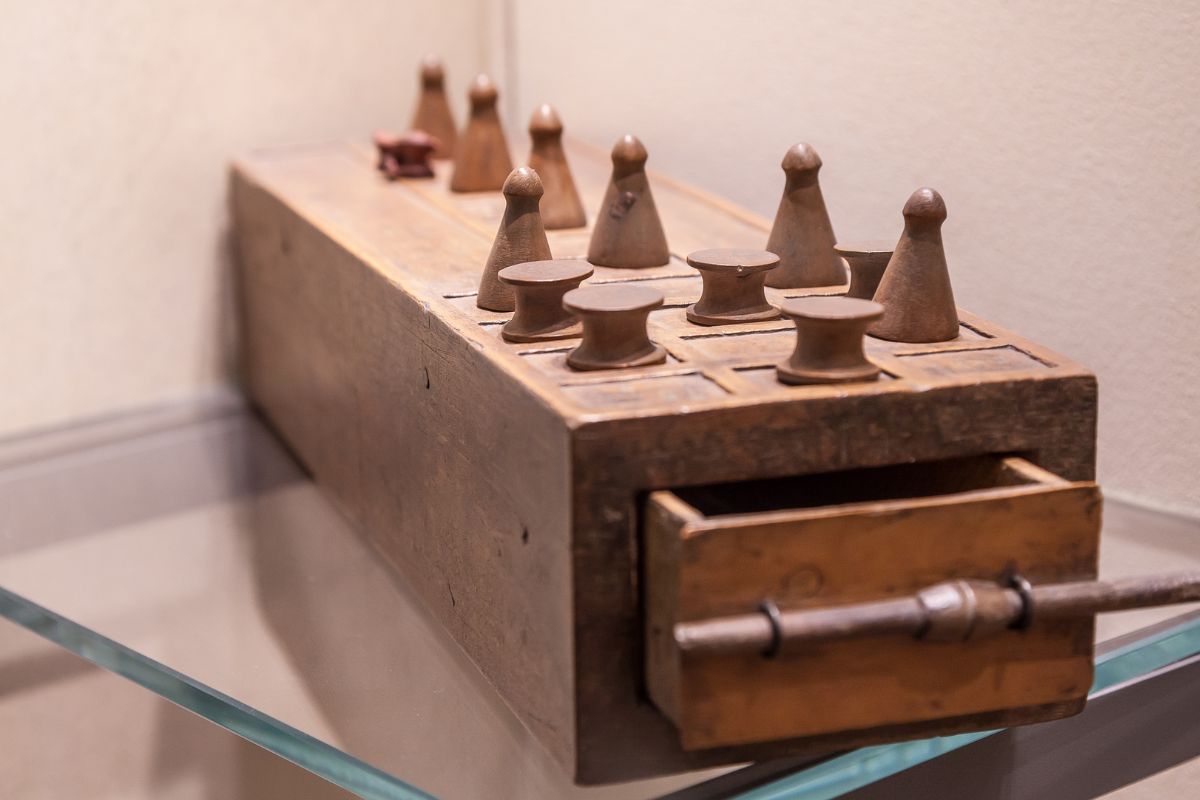Embarking on the timeless journey of chess begins with a single crucial step: setting up the board. It’s an art form in itself, laying the groundwork for the strategic battles that lie ahead. Whether you’re a beginner eager to master the basics or a seasoned player brushing up on fundamentals, understanding how to properly arrange your chessboard is essential. Dive into this comprehensive guide, and discover the first key to unlocking the vast universe of chess. Are you ready to position yourself for victory?
Setting Up the Chessboard
Setting up a chessboard is the first step towards engaging in one of the most enriching and ancient games known to humanity. A properly set chessboard is not only a prerequisite to playing the game but also sets the stage for a strategic battle of wits. The chessboard itself consists of 64 squares, arranged in an 8×8 grid, alternating between light and dark colors.
To set up the chessboard correctly, start by placing it so that a white square is at the bottom-right corner from both players’ perspectives. This is crucial for the orientation of the board. Each player has 16 pieces: 1 king, 1 queen, 2 rooks, 2 knights, 2 bishops, and 8 pawns. Positioning of the pieces is as follows: rooks go in the corners, knights next to them, followed by the bishops, and then the queen. The queen is placed on her own matching color (white queen on a white square and black queen on a black square), and the king takes the remaining square next to the queen. The pawns form a horizontal line in front of these pieces.
Becoming adept at setting up a chessboard lays the groundwork for mastering the more complex aspects of chess strategy and tactics. Here’s a quick checklist to ensure correct setup:
- Board orientation with a white square at each player’s bottom right
- Rooks on the corners
- Knights next to the rooks
- Bishops next to the knights
- Queens on their matching color
- Kings on the remaining square next to the queens
- Pawns on the second rank from the player’s perspective.
Identifying Chessboard Squares
Understanding the layout of a chessboard is essential for both rookies and seasoned players. A chessboard consists of 64 squares, arranged in an 8×8 grid. These squares alternate in color between light and dark (commonly referred to as “white” and “black” squares, though the actual colors may vary). To simplify communication about moves and strategies, each square on the board is assigned a unique identifier.
The chessboard is oriented such that each player has a white (or light-colored) square at the rightmost end of the closest rank (a row). This traditional setup is crucial for accurate gameplay. The ranks are numbered from 1 to 8, starting from the side where the pieces of the player controlling the white pieces are positioned, moving towards the side occupied by the player with the black pieces. The files (columns), meanwhile, are labeled from “a” to “h”, beginning from the left side of the player with the white pieces. This alphanumeric system allows for the precise identification of every square on the chessboard, which is vital for noting down moves and discussing game strategies.
The individual squares can be referred to by their file letter followed by their rank number, for instance, “e4” or “d5.” It’s important to become comfortable with these identifications as they form the cornerstone of chess notation. Understanding this system not only helps in learning from classic games but also in planning your own moves more effectively. Additionally, mastering this grid system paves the way for delving into deeper aspects of chess strategies, such as opening principles, tactical motifs, and endgame techniques.
Positioning The King and Queen
Positioning the King and Queen on a chess board correctly is pivotal to starting the game under proper chess rules. Both these pieces hold paramount importance in gameplay, determining much of your strategic positioning and potential for checkmate. The square color where the queen is placed plays a vital role in remembering her position: the queen goes on a square of her own color, which succinctly means “queen on her color.” Hence, a white queen will be placed on a white square, and a black queen on a black square, specifically in the row nearest to each player.
To set this up accurately, locate the center two squares in the row closest to you. The king occupies the square neighboring the queen, but unlike the queen’s color-coordinated placement, the king does not follow a similar rule regarding the color of his square. The queen’s initial position is directly in line with the opponent’s queen, just as the king faces the opposing king, setting the stage for the game’s commencement. This direct positioning reflects the schism between the two opposing forces and the ultimate battle for supremacy.
Moreover, memorizing the positions of the king and queen correctly ensures you do not initiate the game at a disadvantage. Incorrect placement of these key pieces could not only delay the start but might also inadvertently confuse game strategies. Below is a quick reference table to help ensure correct placement every time:
| Piece | Color | Correct Square |
| Queen | White | White square (D1 for white, D8 for black) |
| King | Black | Remaining central square (E1 for white, E8 for black) |
By placing the king and queen with precision, players ensure a standardized and fair start to the game. Remembering these simple guidelines about queen on her color and the king’s placement ensures a smooth setup phase, allowing players to focus on the complexities and joys of the game ahead.
Arranging The Rooks Properly
Setting up a chessboard correctly is the first essential step to playing a game of chess that adheres to the official rules. This process includes strategically positioning the rooks, which are powerful pieces that play a critical role from the beginning till the end of the game. Each player starts with two rooks, one on each corner of the board. If you are setting up the board, place a rook directly on a1 and h1 if you are playing with the white pieces, and on a8 and h8 if you are playing with the black pieces. It’s crucial to get this setup right, as the placement of the rooks affects not only the opening strategy but also the entire flow of the game.
Understanding the significance of the rooks in chess cannot be understated. These pieces move horizontally or vertically across any number of unoccupied squares, making them particularly powerful for controlling lines and breaking through the opponent’s defenses. However, their power is fully harnessed only when they are properly coordinated with other pieces and have open lines to exploit. Getting your rooks into the game at the right moment can often mean the difference between victory and defeat.
The foundation of a well-played chess game lies in not just the strategic movements but also in the precise and correct initial setup. Therefore, placing the rooks on their correct squares is more than a formality; it’s a critical preparation for the battle ahead. Remember, chess is a game of intellect, strategy, and foresight, and how you set up the board can influence your mental readiness and approach to the game. Always double-check your board setup, ensuring your rooks are ready to play their part in your game strategy.


